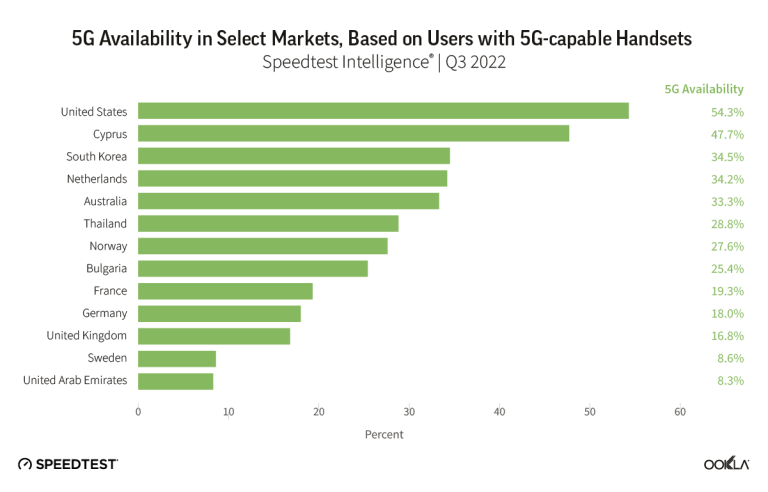Verizon mmWave 5G Coverage: Everything You Need to Know
When it comes to next-generation wireless technology, Verizon’s mmWave 5G coverage is one of the most talked-about topics. Verizon was one of the first carriers in the United States to roll out 5G using millimeter-wave (mmWave) spectrum, promising ultra-fast speeds, low latency, and the potential to transform how we connect. But how much coverage does Verizon mmWave 5G really offer, and is it the right choice for you? This guide breaks down everything you need to know.
What Is mmWave 5G?
mmWave stands for millimeter-wave frequencies, typically ranging from 24 GHz to 100 GHz. Unlike traditional 4G LTE or low-band 5G, mmWave delivers extremely high bandwidth. This means faster downloads, smoother streaming, and the ability to support more connected devices at once. In ideal conditions, Verizon’s mmWave 5G can reach speeds of up to 4 Gbps, making it a game-changer for mobile users and businesses.
However, mmWave comes with a trade-off: limited range and weaker penetration. Unlike low-band or mid-band 5G, mmWave signals struggle to travel long distances and can be blocked by buildings, trees, or even glass. This makes it best suited for dense urban areas, stadiums, and airports where demand for high-speed connectivity is highest.
Verizon mmWave 5G Coverage Areas
Verizon markets its mmWave service under the name 5G Ultra Wideband (5G UWB). Initially, this network was only available in select downtown areas of major cities. Today, Verizon has expanded its mmWave footprint to cover parts of more than 85 U.S. cities, focusing primarily on hotspots like business districts, arenas, and transportation hubs.
If you live in a suburban or rural area, it’s important to note that Verizon relies more on its C-band mid-band spectrum for wider 5G coverage. mmWave is an additional layer that enhances speed where available, but it isn’t a nationwide blanket solution.
Benefits of Verizon’s mmWave 5G
- Blazing Fast Speeds: Perfect for downloading large files, streaming 4K or even 8K video, and cloud gaming.
- Ultra-Low Latency: Critical for applications like AR/VR, remote surgery, and autonomous vehicles.
- Massive Capacity: Supports thousands of users in crowded locations without network congestion.
Limitations of Verizon mmWave 5G
While mmWave is impressive, it isn’t without challenges:
- Limited Availability: Coverage is mostly restricted to certain zones in major cities.
- Poor Range: Effective only within a few hundred feet of a 5G node.
- Device Compatibility: Not all smartphones support mmWave 5G, so check your device specifications before upgrading.
Should You Switch to Verizon mmWave 5G?
If you live or work in a major city where Verizon’s 5G Ultra Wideband is available, you can experience unmatched performance. However, if you spend most of your time in suburban or rural areas, you’ll likely rely more on Verizon’s mid-band and low-band 5G coverage, which provides broader reach but lower speeds.
Final Thoughts
Verizon’s mmWave 5G coverage represents the cutting edge of wireless connectivity. With lightning-fast speeds and ultra-low latency, it has the potential to revolutionize mobile experiences. However, its limited range means it works best as part of a layered 5G strategy rather than a stand-alone solution.
Before switching, check Verizon’s coverage map and ensure your device supports mmWave. If you’re in the right location, you’ll enjoy some of the fastest wireless speeds available today.







